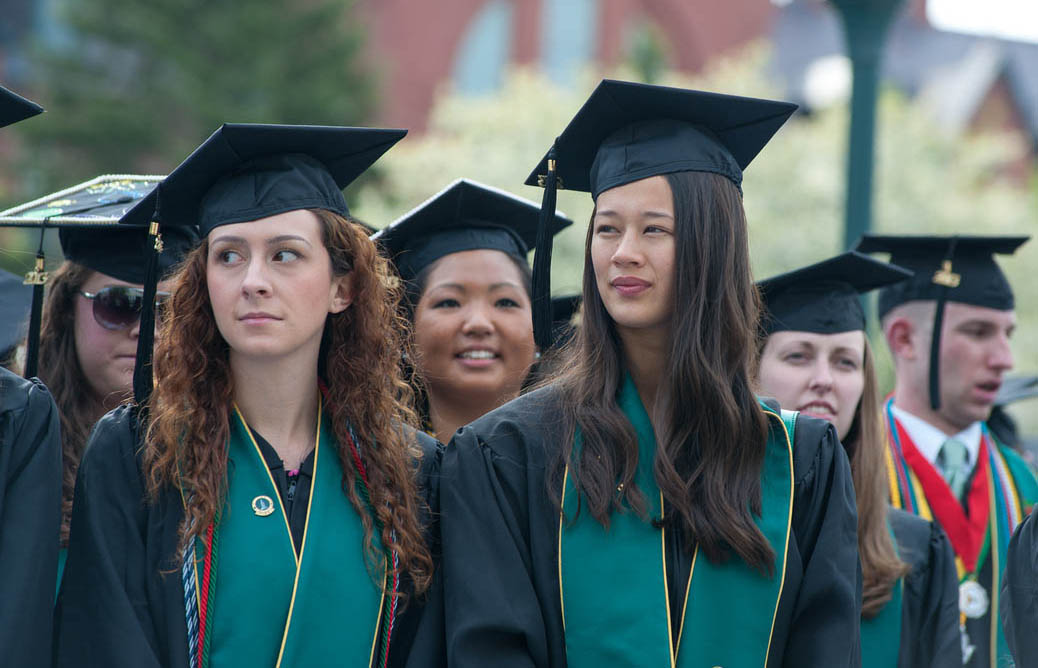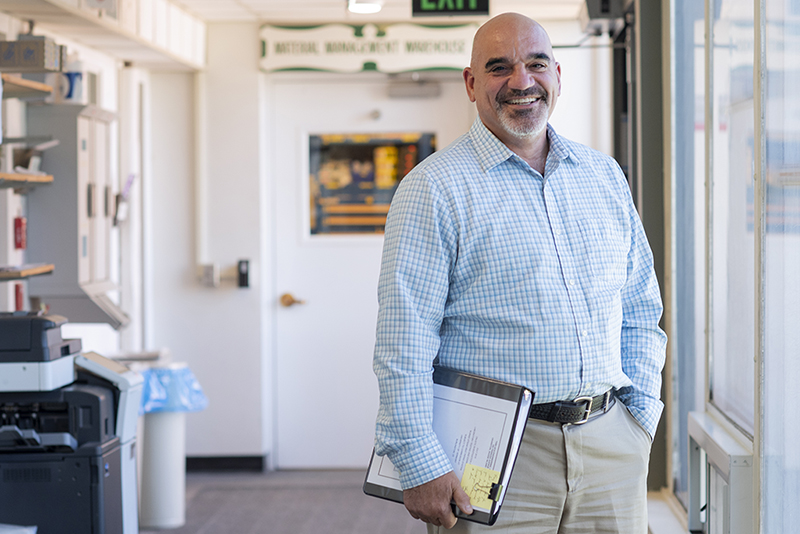Chris Lucier, Vice President for Enrollment Management at the University of Vermont, talks about college affordability, Summer University, and why college is still a very good investment.
Q: Last month, 80 college presidents – including UVM President Tom Sullivan – gathered at the White House to share their ideas on improving college access and affordability for low-income students. Affordability is a topic we’re hearing about more and more. Could you talk about what UVM is doing to promote access and affordability?
A: UVM is fully committed to affordability, financial access, and helping students graduate on time. We devote significant institutional dollars to scholarships and grants. Three-quarters of in-state undergraduates receive scholarships and/or grants, and one-third of Vermonters pay no tuition at all. In addition, 80 percent of out-of-state students receive scholarships and grants from UVM.
During his visit to the White House, President Sullivan talked about UVM’s New Americans program as an example of the university’s efforts to broaden access to higher education. The goal of the New Americans program is to increase the enrollment and timely graduation of students from families – many of them refugees – who have immigrated to Vermont.
Q: Let’s talk about Vermont students. Is UVM an affordable option for Vermonters?
A: For UVM in-state graduates who take out loans, the average loan burden is just over $22,000. That figure is certainly a sizeable sum, but it’s also well below the national average of $29,400. A great source of confusion in the college costs debate, especially where UVM is concerned, is the difference between an institution’s sticker price and the real cost of attendance, which in the majority of cases is significantly lower because of the scholarships and grants we offer.
It’s widely believed that UVM’s high tuition is a barrier for Vermont students. However, Vermont has seen more undergraduates in the last few years attending UVM than at any time in nearly 20 years, despite a shrinking pool of Vermont high school graduates.
Q: What are some other new ways UVM is promoting affordability?
A: For the first time, we are offering a 30 percent savings on Summer University. With the 30 percent savings on summer courses, in-state students pay $400 vs. $570 per credit, and out-of-state students will pay $1,010 vs. $1,442 per credit. Summer U gives students the opportunity to get ahead, stay on track, and graduate on time – all while saving 30 percent.
Q: Why is college still a good investment?
A: College is absolutely a worthwhile investment. In 2013, Washington Monthly ranked UVM as one of the top schools in the country in terms of value. We’re helping to place graduates in high-quality jobs around the country and across the globe. Also, UVM students are furthering their education at top graduate schools nationally and internationally. Our low loan default rate, high graduation rate, and low debt burden are excellent signs of success.
It’s also worth noting the significant return on investment for a college degree. According to the 2011 Census Bureau’s Current Population Survey, the median income of a high school graduate who did not attend college was $28,659. Meanwhile, college graduates without advanced degrees had a median income of $49,648, and those with professional degrees had a median income of $87,356.
So, what’s the value of a college degree? The numbers speak for themselves.

Chris Lucier is responsible for developing enrollment management strategy and implementing and assessing operational programs to recruit, admit, retain, and graduate undergraduate students consistent with UVM’s traditions, values, mission, and vision.




